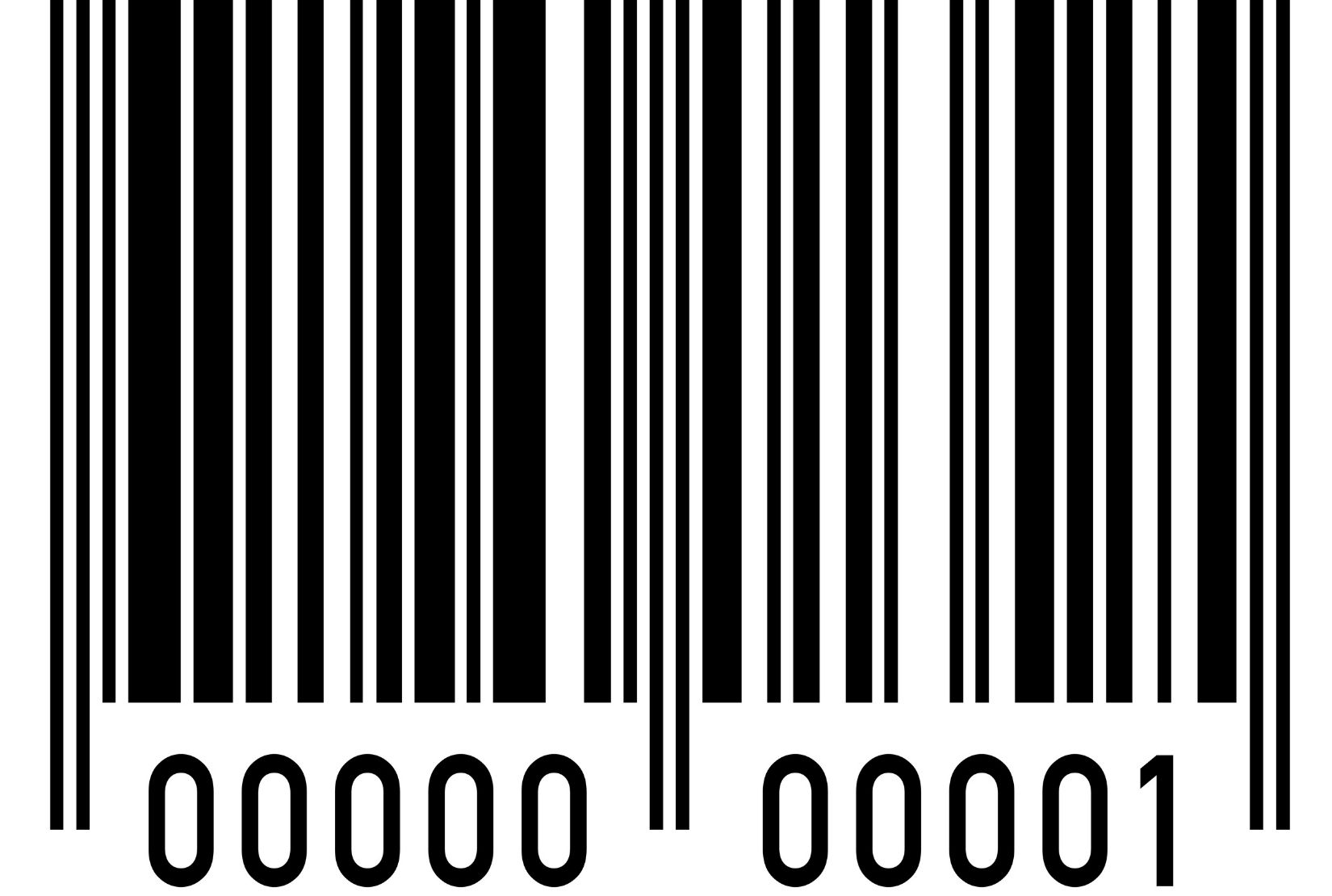
Entrepreneurs are increasingly launching new products via their own websites and well-known online marketplaces. While it can be challenging to navigate the nuances of selling online, sellers must learn the requirements of e-commerce platforms before listing their products. One critical step is uniquely identifying items in the global marketplace—which can be done by acquiring authentic UPC barcodes for each of your products.
Entrepreneurs should consider the following five reasons why a unique barcode for each product listing opens doors to greater success.
1. GTINs uniquely identify products online
Retailers and marketplaces recognize that the product identification numbers encoded into UPC barcodes, called Global Trade Item Numbers (GTINs), are essential for listings to uniquely identify products and help keep track of inventory. And not just any GTIN (or barcode) will do —it must properly and uniquely identify the items you are selling and connect you as the brand owner to the product.
Online marketplaces, including Amazon, require GTINs (also called UPCs) because they help sellers prove that they are selling legitimate products. The GTIN is universally accepted by retailers and other supply chain participants across the world. GS1 US, the not-for-profit standards body and administrator of the UPC barcode in the United States, is the source for securing this important identification number. There are several websites that offer discounted barcodes; however, GS1 is the only organization authorized to license authentic GTINs and provides the most widely used system of standards in the world.
Leah McHugh, a consultant at ecommerceChris and an Amazon listing expert, helps small brands with challenges listing products and warns that obtaining UPCs from another source could lead to rejection or suspension. “We hear stories all the time of sellers who used third-party websites to buy barcodes and then had their listings flagged after Amazon found the number did not match up to the brand,” McHugh said. “Most brands today realize that it’s not worth the risk to go somewhere other than GS1 US.”
2. Products with GTINs surface in more search results
GTINs improve the chances of items showing up in search. According to Google, merchants that add valid GTINs to their product listing see conversion rates increase up to 20%. GTINs function like a license plate to help Google classify and display products across multiple e-commerce and marketing platforms. Consider the potential sales lift opportunity for major buying events like Prime Day or Black Friday. Sellers with GTINs in place can elevate their online profiles not only throughout the year, but on those important shopping days when online sales often climb.
3. GTINs prevent hidden product listings
Marketplaces such as Amazon, Google and others have started requiring GS1-sourced GTINs because they help sellers prove that they are selling legitimate products and are the rightful owner of that product. Purchasing GTINs from a third party could mean you are buying GTINs that were already issued to other businesses. Amazon Seller Central validates all GTINs against the GS1 database and may delist sellers or hide listings with invalid numbers. A third-party GTIN could also prevent you from altering your product listing since the product and brand owner don’t match.
Rowyn Golde and Rob Silver of Team Manticore learned this the hard way when they first started using recycled barcodes for selling music CDs. After purchasing third-party barcodes, they discovered that the codes linked back to products that were not theirs, and they were not able to sell their CDs on Amazon.
As their business grew, they moved away from selling CDs but didn’t want to run into the same problem with third-party barcodes. “We researched how to purchase GS1-authorized barcodes, which enabled us to maintain ownership and track our products. We were careful to ensure that all of our new products were properly barcoded through GS1 US,” said Silver.
4. GTINs help to authenticate ownership
Product listing hijacking is a growing issue in the Amazon community. It happens when bad actors posing as legitimate sellers steal a company’s product listing—they not only claim it as their own but also collect sales for products that don’t get shipped. It can also occur when sellers use non-authentic GTINs, whether purposely or unintentionally. To navigate this challenge, online marketplaces often ask sellers to prove they are the rightful owner of their product by providing a GS1 certificate of ownership.
5. GTINs signify a business is credible and ready to grow
Many retailers have specific requirements for identifying their products with GS1 GTINs, both online and in-store, and require consistency between a product’s physical and digital presence with proper GTIN usage. GTINs establish credibility for brands and make them attractive to potential retail partners by demonstrating that they have set up their business for success and have a growth mindset.
Shannon Kveton of Mederer North America noted that having authentic GTINs has allowed them to do business with the bigger retailers. As part of its German-owned Mederer Group, which makes candy products, Kveton noted that “Mederer North America, through its major brand, efrutti, has been able to work with retailers like Dot and McLane, which require identification through GS1 US.”
Claim your products as your own for online success
When bringing a product to market, whether online or in stores, it is imperative that sellers conduct due diligence and clearly understand the requirements for each sales channel. While there are many factors to consider, properly barcoding your products is an essential first step. These barcodes can support a business’s growth, prove they have a valid product, and ensure a faster speed to market.
Contributed by Michelle Covey, vice president of commercialization at GS1 US, who designs programs that help businesses grow through product identification and data communication standards.
For more insights and inspiration from today’s leading entrepreneurs, check out EO on Inc. and more articles from the EO blog.
Categories: Best Practices OPERATIONS Sales
